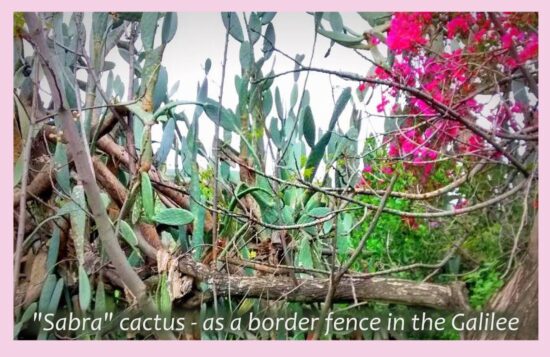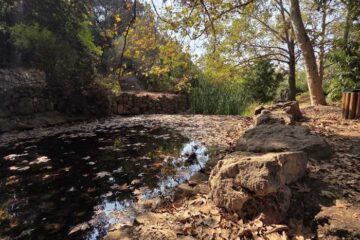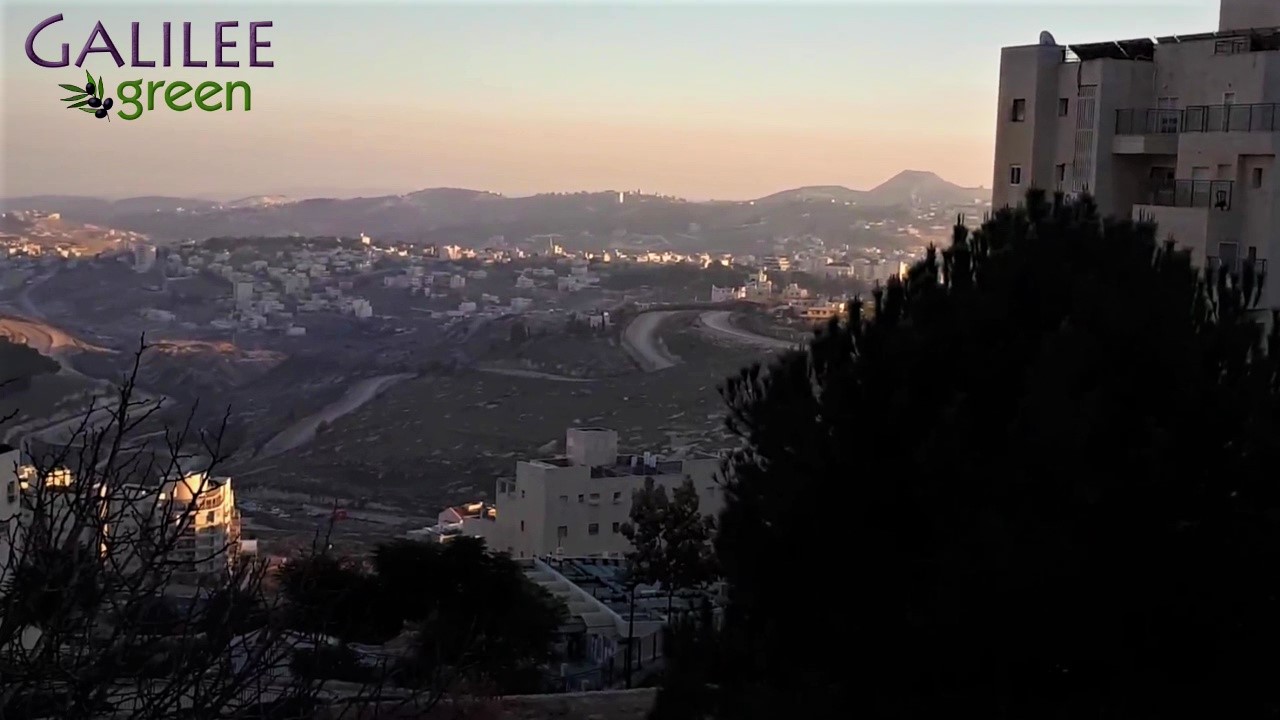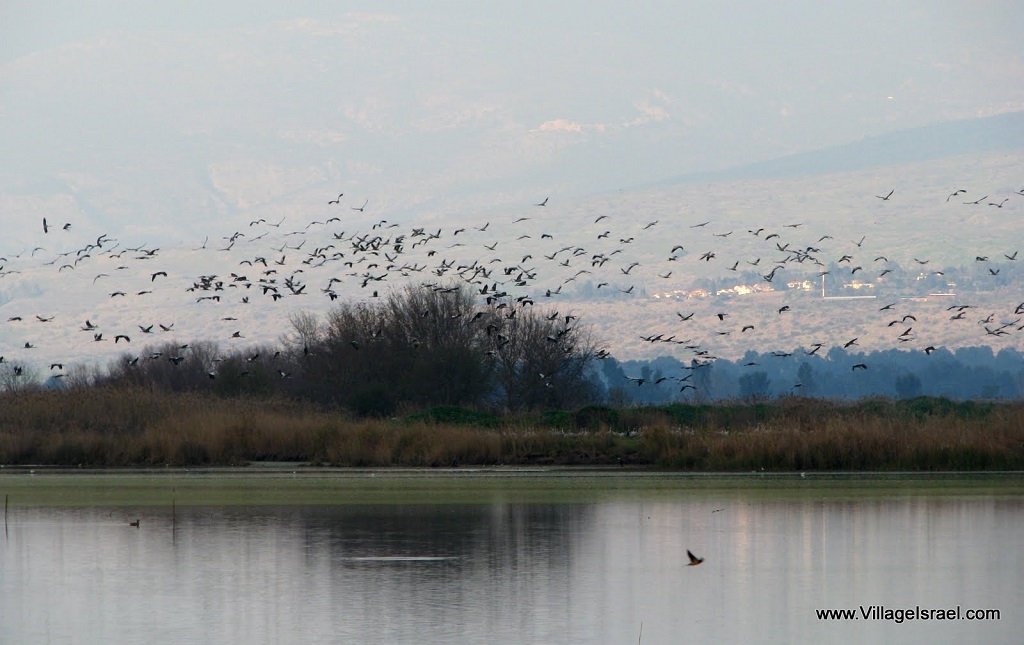Sabra Cactus: Israel’s Symbol of Toughness and Sweetness
What is the Sabra Cactus?
The Sabra Cactus, also known as the prickly pear, has served as a symbol of Israeli identity since the 1930s.
Its thick, spiny pads and sweet fruit inspired the metaphor behind the Hebrew word Tzabar, used for native-born Israelis. Like the cactus, they’re rough outside and gentle inside.
This symbolism reflects the grit of early Zionist pioneers who helped establish Israel through hard work and deep ties to the land.
Origins of the Sabra Cactus
Surprisingly, the Sabra Cactus isn’t native to Israel. It likely came from Mexico about 200 to 300 years ago.
It was brought in to support a dye industry using cochineal aphids, which create red pigments.
The industry never developed, but the cactus adapted well to Israel’s climate and spread widely across the Galilee.
Sabra Cactus in Daily Life
In northern Israel, the Sabra is often used to mark farmland boundaries. Its thick growth helps block animals and people from crossing.
Locals chill and serve the fruit in summer. Street vendors slice it open and sell it fresh for a few shekels.
Kids pick sabra fruit using tongs to avoid tiny spines. People find the taste is mildly sweet, and the inside is usually orange or red.
In some areas, owners don’t harvest the fruit, which adds to its cultural role more than its commercial use.
National Identity and Cultural Legacy
The Sabra Cactus still means a lot to Israelis. It shows up in books, art, and everyday talk.
It captures the country’s story — tough roots, lasting strength, and warmth inside. The cactus stands for more than its looks.
Even though it came from abroad, the sabra is now one of Israel’s most recognized plants. It blends nature and history into a single symbol.
Fun fact: Israel built a sports car in the 1960s called the Sabra. Check it out here!





0 Comments